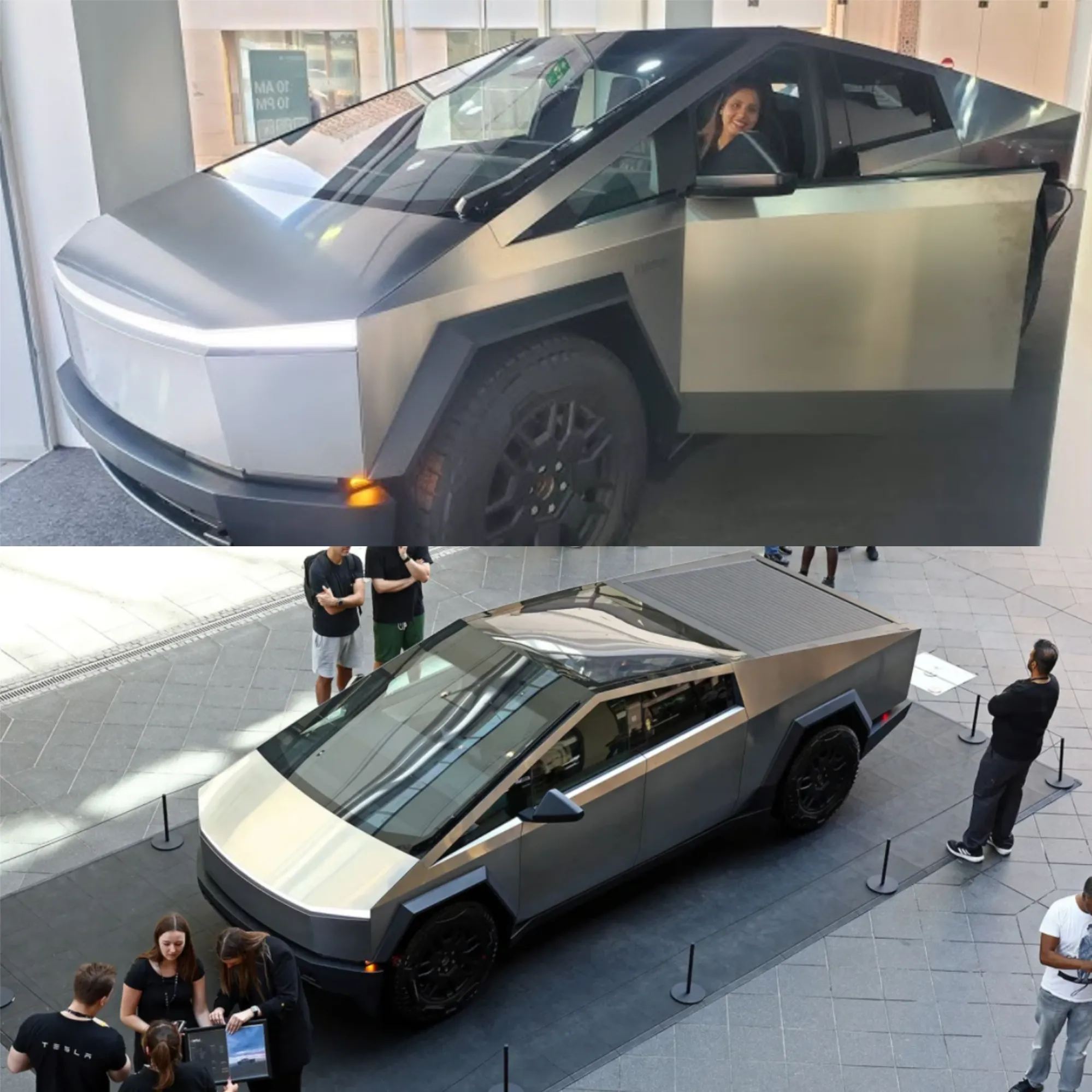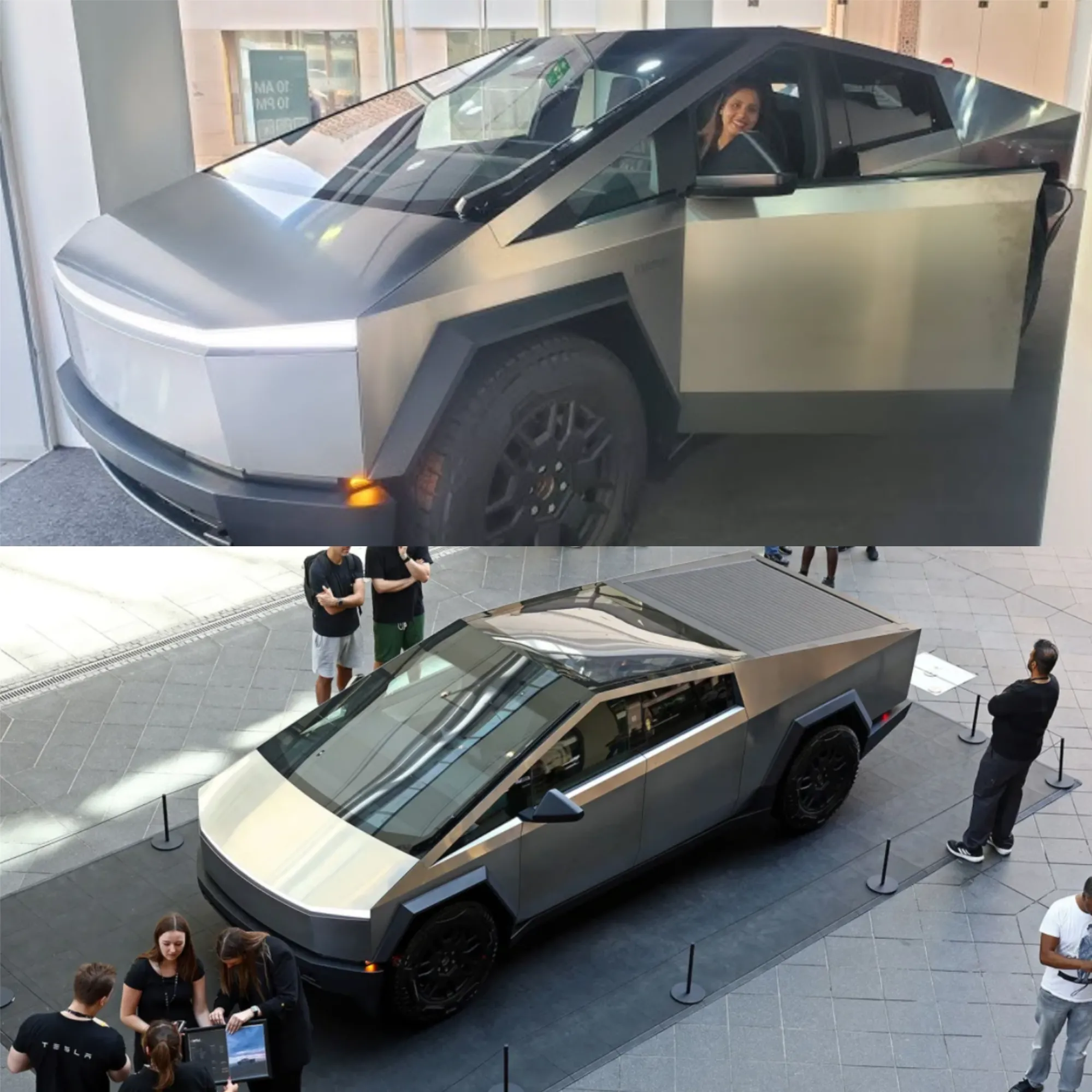
The Tesla Cybertruck: A Bold Investment or Risky Bet?
The Tesla Cybertruck has been a topic of heated discussion since its release, sparking curiosity and controversy alike. In neighborhoods across the United States, you might spot one of these futuristic, stainless steel behemoths parked on the street, often far from a charging station and exposed to the elements. But what drives someone to invest upwards of $80,000 to $100,000 on such a divisive vehicle, especially one that has faced numerous performance issues since its debut?

A Statement on Wheels
The Cybertruck is undeniably designed to make a statement. According to Jonathan Elfalan, director of vehicle testing at Edmunds, owning one is almost like being a “pseudo-celebrity.” The vehicle’s unconventional design and bold aesthetic set it apart from anything else on the road, making it an attractive option for those who want to stand out. However, this comes at a cost, both financially and in terms of practicality.
A History of Recalls and Performance Issues
Since its launch, the Cybertruck has been plagued by a series of recalls and performance problems. In less than a year, the vehicle has been recalled four times—twice requiring physical repairs at service centers and twice for over-the-air software fixes. Even more concerning, Car and Driver magazine excluded the Cybertruck from its “EV of the Year” list after the truck they tested failed on its second day of use.
Tesla’s marketing touts the Cybertruck as “bulletproof,” yet reports from owners tell a different story. One owner found his truck incapacitated for hours after a simple car wash. The internet is rife with viral videos showing Cybertrucks getting stuck in situations where a traditional pickup truck might have fared better. Tesla’s Cybertruck lead engineer, Wes Morrill, has acknowledged these issues and is considering adding a “stuck detection” mode to help drivers navigate tricky situations.

Safety Concerns Loom Large
The Cybertruck’s design raises serious safety questions. Weighing in at 7,000 pounds with sharp angles and massive blind spots, it’s a formidable presence on the road. The vehicle’s zero-to-60 mph time of just 2.6 seconds is impressive, but its sheer weight and speed could pose a significant risk to pedestrians and other drivers. Safety experts have expressed concern about the truck’s small crumple zone, designed to absorb the impact of a collision. Tesla has responded with an in-house crash test video, but independent safety tests are still lacking.
A Niche Market with Loyal Customers
Despite its flaws, the Cybertruck has a loyal customer base. Tesla isn’t a traditional carmaker; it’s a tech company that builds cars. This approach has led to innovative features like fantastic steering and a roomy cabin, but it has also resulted in oversights. For instance, some Cybertrucks have suffered from multiple system failures, a reflection of Tesla’s “move fast and break things” mentality. Yet, even with these issues, many owners remain fiercely loyal to the brand, willing to overlook the flaws in favor of the vehicle’s unique appeal.
Conclusion: A Risky but Fascinating Choice
The Tesla Cybertruck is not just a vehicle; it’s a statement. It appeals to those who want to stand out and are willing to take a risk on a product that defies convention. However, potential buyers should be aware of the ongoing performance and safety concerns. As the Cybertruck continues to evolve, it remains to be seen whether it will become a staple on American roads or remain a niche product for the bold and adventurous.






